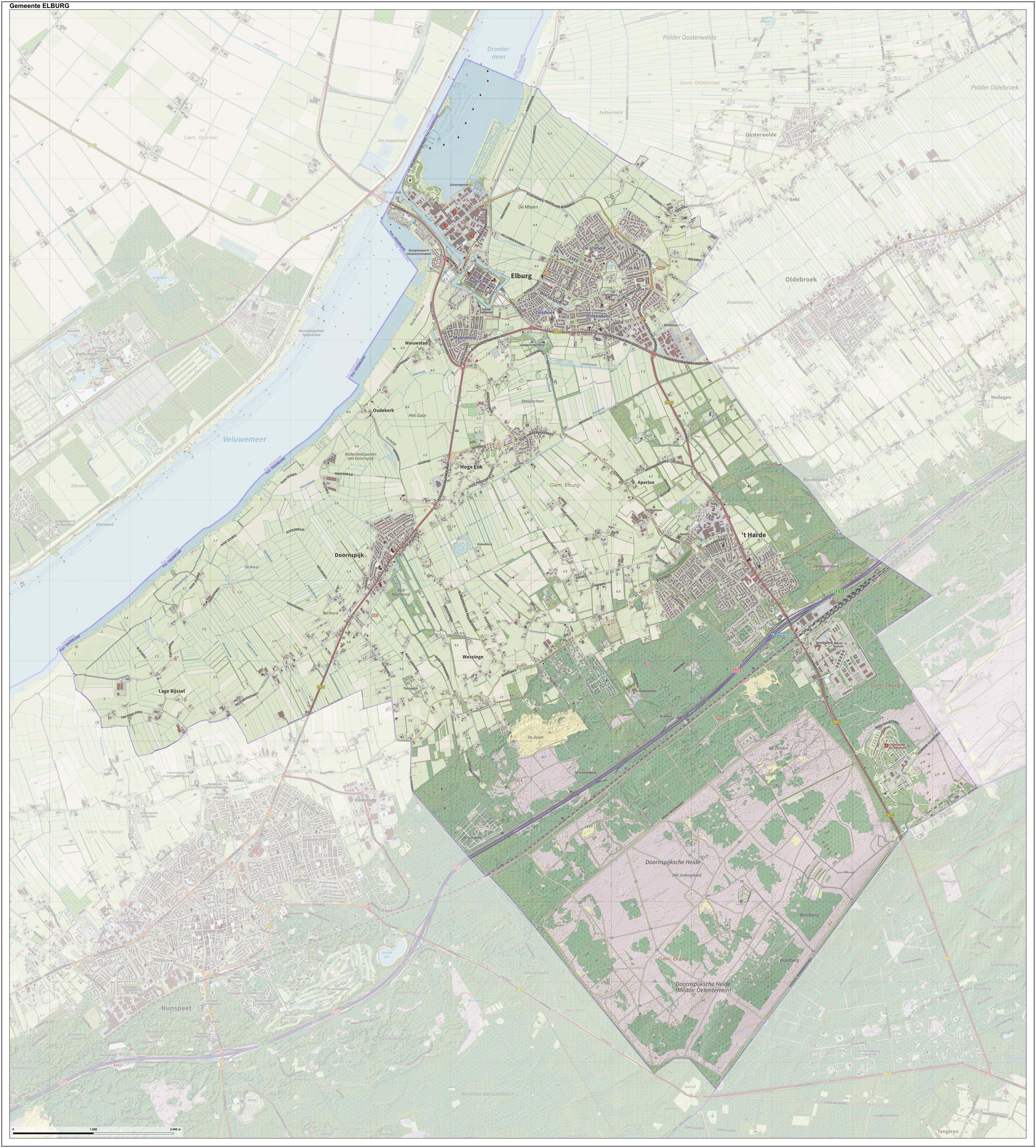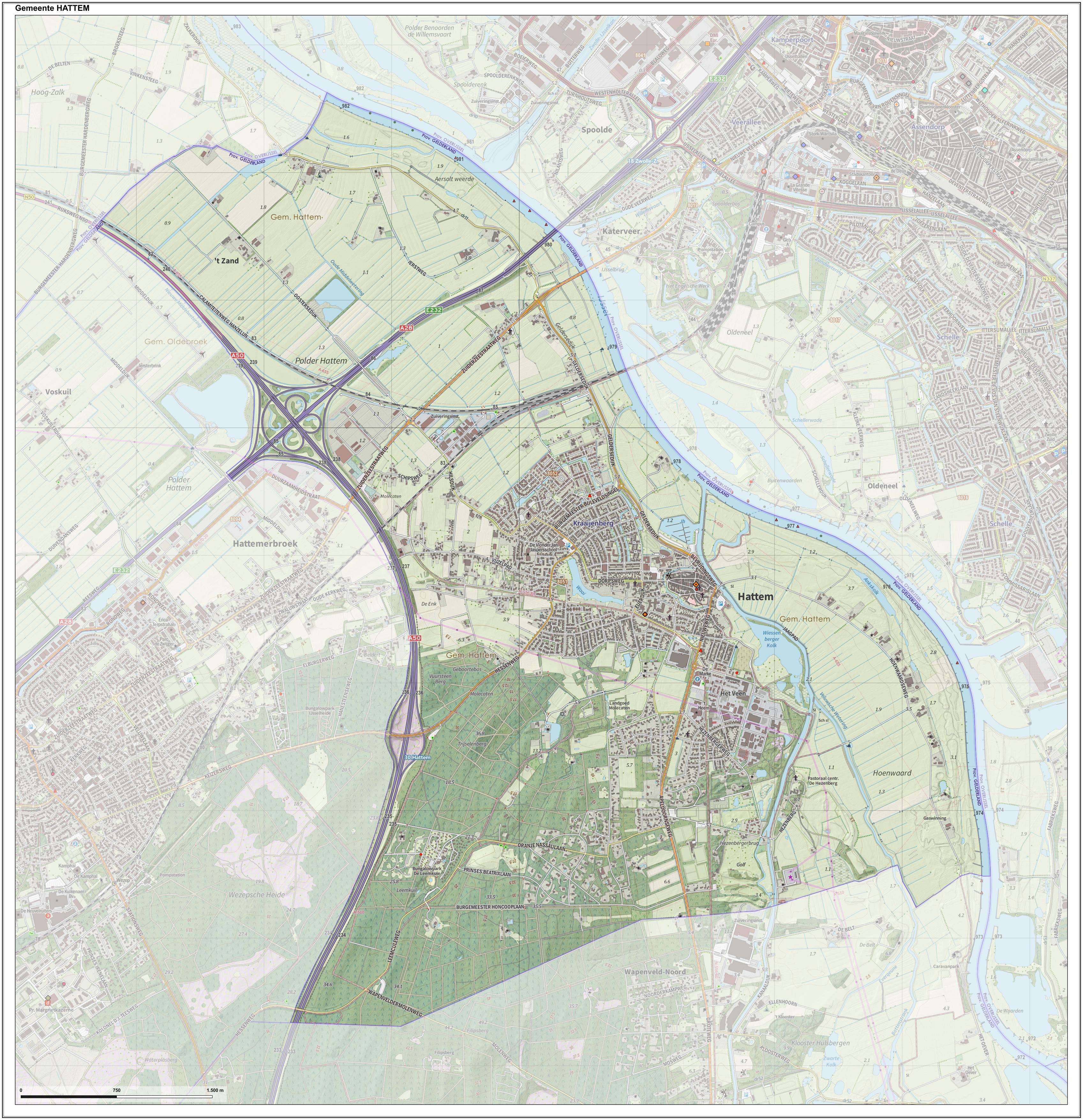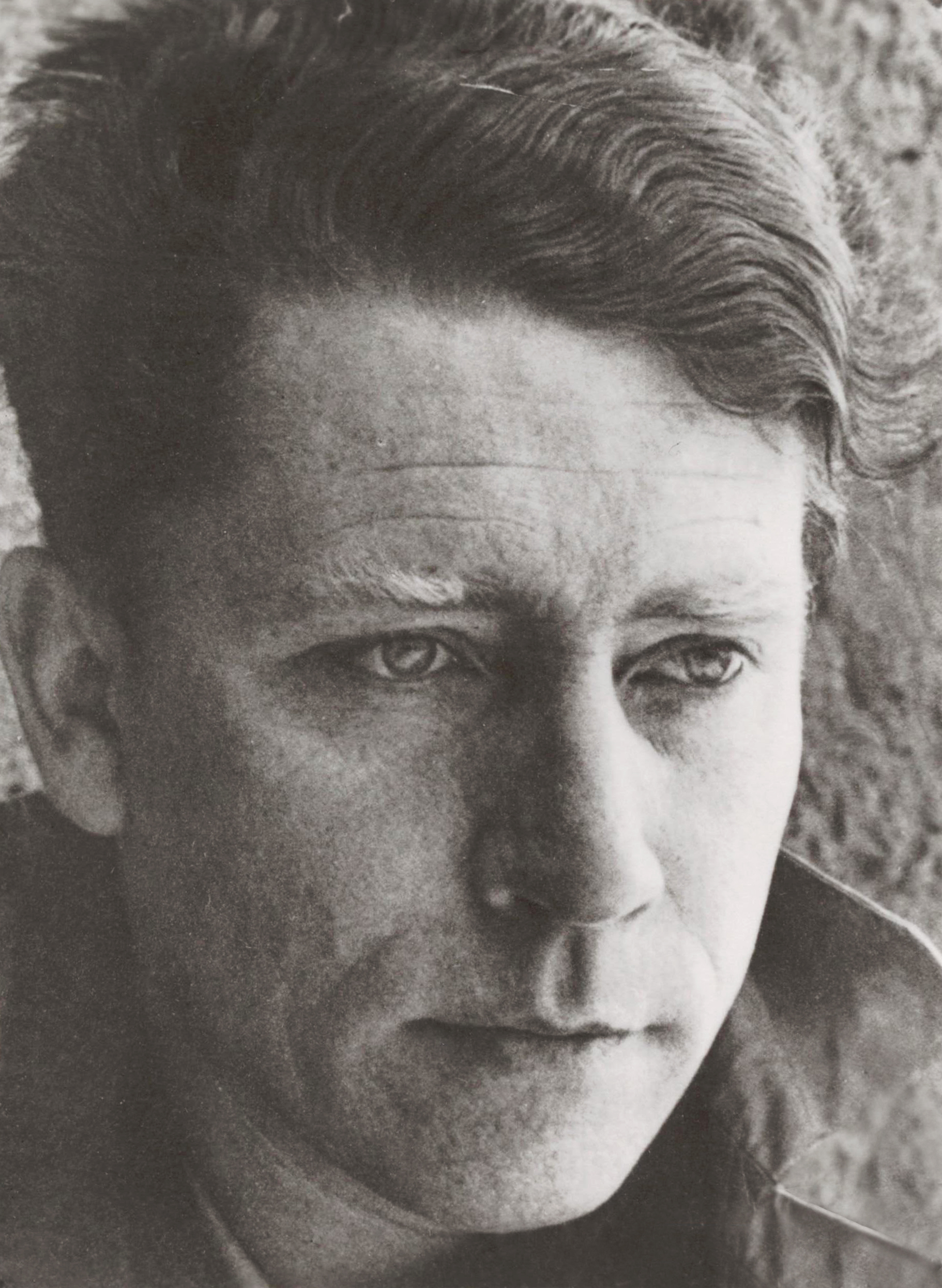|
Battle Of Jutphaas
The Battle of Jutphaas, also known as the Battle of the Vaart or the Battle of Vreeswijk, occurred on 9 May 1787 on the banks of the Vaartsche Rijn canal near Jutphaas and Vreeswijk between Orangism (Dutch Republic), Orangists and patriottentijd, Patriots. Background The battle was part of an ever-escalating conflict, dubbed a "civil war" by some, in the Dutch Republic. Orangists, who supported stadtholder William V, Prince of Orange and his aristocratic stadtholderian regime, stood against democratic Patriots, who favoured a new democratic republic and the abolition of nobility and the Orange stadtholderate. Aristocratic Patriots or "Old Patriots", who previously cooperated with the democratic Patriots, increasingly changed their alliances in favour of Orange as the group of democrats grew in size and radicalised.Encarta-encyclopedie Winkler Prins (1993–2002) s.v. "patriotten". Microsoft Corporation/Het Spectrum. The Patriots, who started arming themselves and formed exerciti ... [...More Info...] [...Related Items...] OR: [Wikipedia] [Google] [Baidu] |
Patriottentijd
The (; ) was a period of political instability in the Dutch Republic between approximately 1780 and 1787. Its name derives from the Patriots () faction who opposed the rule of the stadtholder, William V, Prince of Orange, and his supporters who were known as Orangism (Dutch Republic), Orangists (). In 1781 one of the leaders of the Patriots, Joan Derk van der Capellen tot den Pol, influenced by the reformer Richard Price and the dissenter Joseph Priestley, anonymously published a pamphlet, entitled ("To the People of the Netherlands"), in which he advocated, like Andrew Fletcher (patriot), Andrew Fletcher, the formation of civic militias on the Scottish, Swiss and American model to help restore the republican constitution. Such militias were subsequently organised in many localities and formed, together with Patriot political clubs, the core of the Patriot movement. From 1785 on, the Patriots managed to gain power in a number of Dutch cities, where they replaced the old system ... [...More Info...] [...Related Items...] OR: [Wikipedia] [Google] [Baidu] |
Utrecht
Utrecht ( ; ; ) is the List of cities in the Netherlands by province, fourth-largest city of the Netherlands, as well as the capital and the most populous city of the Provinces of the Netherlands, province of Utrecht (province), Utrecht. The municipality of Utrecht is located in the eastern part of the Randstad conurbation, in the very centre of mainland Netherlands, and includes Haarzuilens, Vleuten and De Meern. It has a population of 376,435 as of . Utrecht's ancient city centre features many buildings and structures, several dating as far back as the High Middle Ages. It has been the religious centre of the Netherlands since the 8th century. In 1579, the Union of Utrecht was signed in the city to lay the foundations for the Dutch Republic. Utrecht was the most important city in the Netherlands until the Dutch Golden Age, when it was surpassed by Amsterdam as the country's cultural centre and most populous city. Utrecht is home to Utrecht University, the largest university ... [...More Info...] [...Related Items...] OR: [Wikipedia] [Google] [Baidu] |
Kingdom Of Prussia
The Kingdom of Prussia (, ) was a German state that existed from 1701 to 1918.Marriott, J. A. R., and Charles Grant Robertson. ''The Evolution of Prussia, the Making of an Empire''. Rev. ed. Oxford: Clarendon Press, 1946. It played a significant role in the unification of Germany in 1871 and was a major constituent of the German Empire until its German Revolution of 1918–1919, dissolution in 1918. Although it took its name from the Prussia (region), region called Prussia, it was based in the Margraviate of Brandenburg. Its capital was Berlin. The list of monarchs of Prussia, kings of Prussia were from the House of Hohenzollern. The polity of Brandenburg-Prussia, predecessor of the kingdom, became a military power under Frederick William, Elector of Brandenburg, known as "The Great Elector". As a kingdom, Prussia continued its rise to power, especially during the reign of Frederick the Great, Frederick II "the Great".Horn, D. B. "The Youth of Frederick the Great 1712–30." ... [...More Info...] [...Related Items...] OR: [Wikipedia] [Google] [Baidu] |
Kingdom Of France
The Kingdom of France is the historiographical name or umbrella term given to various political entities of France in the Middle Ages, medieval and Early modern France, early modern period. It was one of the most powerful states in Europe from the High Middle Ages to 1848 during its dissolution. It was also an early French colonial empire, colonial power, with colonies in Asia and Africa, and the largest being New France in North America geographically centred around the Great Lakes. The Kingdom of France was descended directly from the West Francia, western Frankish realm of the Carolingian Empire, which was ceded to Charles the Bald with the Treaty of Verdun (843). A branch of the Carolingian dynasty continued to rule until 987, when Hugh Capet was elected king and founded the Capetian dynasty. The territory remained known as ''Francia'' and its ruler as ('king of the Franks') well into the High Middle Ages. The first king calling himself ('King of France') was Philip II of Fr ... [...More Info...] [...Related Items...] OR: [Wikipedia] [Google] [Baidu] |
Herman Willem Daendels
Herman Willem Daendels (21 October 1762 – 2 May 1818) was a Dutch military officer and colonial administrator who served as governor-general of the Dutch East Indies from 1808 to 1811. Early life Herman Willem Daendels was born on 21 October 1762 in Hattem, Netherlands. His father, Burchard Johan Daendels, served as a mayoral secretary; his mother was Josina Christina Tulleken. Daendels pursued a legal education at the University of Harderwijk and obtained his doctorate on 10 April 1783. Political activity In 1785, Daendels aligned himself with the Patriots, a faction gaining control in various Dutch cities. In September 1786, he unsuccessfully defended the town of Hattem against troops loyal to the stadholder. The following year, in September 1787, Daendels played a role in the defense of Amsterdam against the invading Prussian army, which aimed to reinstate William V of Orange. Subsequently, when William V regained power, Daendels fled to French Flanders to evade a dea ... [...More Info...] [...Related Items...] OR: [Wikipedia] [Google] [Baidu] |
Elburg
Elburg () is a municipality and a city in the province of Gelderland, Netherlands. History There is evidence of a Neolithic settlement at Elburg consisting of stone tools and pottery shards. From Roman times there are names and shards of earthenware which suggest that there was an army camp at the site of Elburg. The earliest extant written record of Elburg is from 796 AD. Between 1392 and 1396 Elburg was rebuilt with a moat and a city wall, together with a gridiron street plan. This rapid rebuilding was expensive, indicating that Elburg was reasonably affluent in medieval times. Several records of Elburg date back to the 14th century. Elburg was granted town status probably by Count Otto II In the 13th century. There is a record that Elburg got its fishing right granted in 1313. In 1367 the city was recorded as a member of the Hanseatic League. At the end of the 16th century new moats and higher ramparts were built because of the improved war-techniques. Throughout the centur ... [...More Info...] [...Related Items...] OR: [Wikipedia] [Google] [Baidu] |
Hattem
Hattem () is a municipality and a city in the eastern Netherlands. The municipality had a population of in . The municipality includes the hamlet of 't Zand. Name origin The name “Hattem” is a typical farmyard name. The exact origin of “Hattem” is yet unclear. In general two explanation exist. Hattem would be the ‘heem’ (home) of a people who belong to the tribe of Chattuarii (or Hattuarii or Hatten). A second origin could refer to the leader of a people under the leader Hatto. This fits with the fact that a lot of farmyard names are deduced from persons names. History A document referring to Hattem is found is dated around 800. This document is the Codex Laureshamensis, in which the settlement Hattem is mentioned because two farmhouses in this place are donated to the Lorsch abbey. Established as parish Despite this early statement, no church or chapel was built in Hattem. In 1176 Hattem became a parish (‘kerspel’). The chapel, measuring 17,5 by 9,5 meter, was ... [...More Info...] [...Related Items...] OR: [Wikipedia] [Google] [Baidu] |
Nijmegen
Nijmegen ( , ; Nijmeegs: ) is the largest city in the Dutch province of Gelderland and the ninth largest of the Netherlands as a whole. Located on the Waal River close to the German border, Nijmegen is one of the oldest cities in the Netherlands and the first to be recognized as such in Roman times. In 2005, it celebrated 2,000 years of existence. Nijmegen became a free imperial city in 1230 and in 1402 a Hanseatic city. Since 1923 it has been a university city with the opening of a Catholic institution now known as the Radboud University Nijmegen. The city is well known for the annual International Four Days Marches Nijmegen event. Its population as of 2024 was 187,011. Population centres The municipality is formed by the city of Nijmegen, incorporating the former villages of Hatert, Hees and Neerbosch, as well as the urban expansion projects in Veur-Lent, Nijmegen-Oosterhout and Nijmegen–Ressen, all situated north of the river Waal. Proximity of border ... [...More Info...] [...Related Items...] OR: [Wikipedia] [Google] [Baidu] |
The Hague
The Hague ( ) is the capital city of the South Holland province of the Netherlands. With a population of over half a million, it is the third-largest city in the Netherlands. Situated on the west coast facing the North Sea, The Hague is the country's administrative centre and its seat of government, and has been described as the country's ''de facto'' capital since the time of the Dutch Republic, while Amsterdam is the official capital of the Netherlands. The Hague is the core municipality of the COROP, Greater The Hague urban area containing over 800,000 residents, and is also part of the Rotterdam–The Hague metropolitan area, which, with a population of approximately 2.6 million, is the largest metropolitan area of the Netherlands. The city is also part of the Randstad region, one of the largest conurbations in Europe. The Hague is the seat of the Cabinet of the Netherlands, Cabinet, the States General of the Netherlands, States General, the Supreme Court of the Neth ... [...More Info...] [...Related Items...] OR: [Wikipedia] [Google] [Baidu] |
Zeist
Zeist () is the Capital city, capital and largest town of the Zeist (municipality), municipality of Zeist. The town is located in the Utrecht (province), Utrecht province of the Netherlands, east of the city of Utrecht. History The town of "Seist" was first mentioned in a charter in the year 838. The original settlement was located at the present ''Dorpsstraat''. In the late 12th century, a church was built here. Its tower is now a part of the Reformed Church, the remainder of which was built in the 19th century. Until medieval times, a branch of the river Rhine flowed close to the centre of the town. Three mansions were built near the village: the ''Huis te Zeist'', Kersbergen, and Blikkenburg. From 1677 to 1686, the "Slot Zeist" was built on or near the ruins of "Kasteel Zeist", the original castle (donjon) of Rodgar van Zeist. There is very little documentation on the family that lived there, but a few names are found: in the 12th century a ''Godefridus de Seist'' and in ... [...More Info...] [...Related Items...] OR: [Wikipedia] [Google] [Baidu] |
Amersfoort
Amersfoort () is a Cities of the Netherlands, city and List of municipalities of the Netherlands, municipality in the Provinces of the Netherlands, province of Utrecht (province), Utrecht, Netherlands. As of 31 January 2023, the municipality had a population of 160,902, making it the second-largest of the province and fifteenth-largest of the country. Amersfoort is also one of the largest Dutch railway junctions with its three stations—Amersfoort Centraal railway station, Amersfoort Centraal, Amersfoort Schothorst railway station, Schothorst and Amersfoort Vathorst railway station, Vathorst—due to its location on two of the Netherlands' main east to west and north to south railway lines. The city was used during the 1928 Summer Olympics as a venue for the Modern pentathlon at the 1928 Summer Olympics, modern pentathlon events. Amersfoort marked its 750th anniversary as a city in 2009. History Hunter-gatherer, Hunter gatherers set up camps in the Amersfoort region in the Mes ... [...More Info...] [...Related Items...] OR: [Wikipedia] [Google] [Baidu] |
States Of Utrecht ...
The Provincial Council of Utrecht (, ) is the provincial council for the Dutch province of Utrecht. It forms the unicameral legislature of the province. Its 47 seats are distributed every four years in provincial elections. Current composition Since the 2023 provincial elections, the distribution of seats of the Provincial Council of Utrecht has been as follows: See also * Provincial politics in the Netherlands References External links * {{DEFAULTSORT:States of Utrecht Politics of Utrecht (province) Utrecht Utrecht ( ; ; ) is the List of cities in the Netherlands by province, fourth-largest city of the Netherlands, as well as the capital and the most populous city of the Provinces of the Netherlands, province of Utrecht (province), Utrecht. The ... [...More Info...] [...Related Items...] OR: [Wikipedia] [Google] [Baidu] |








